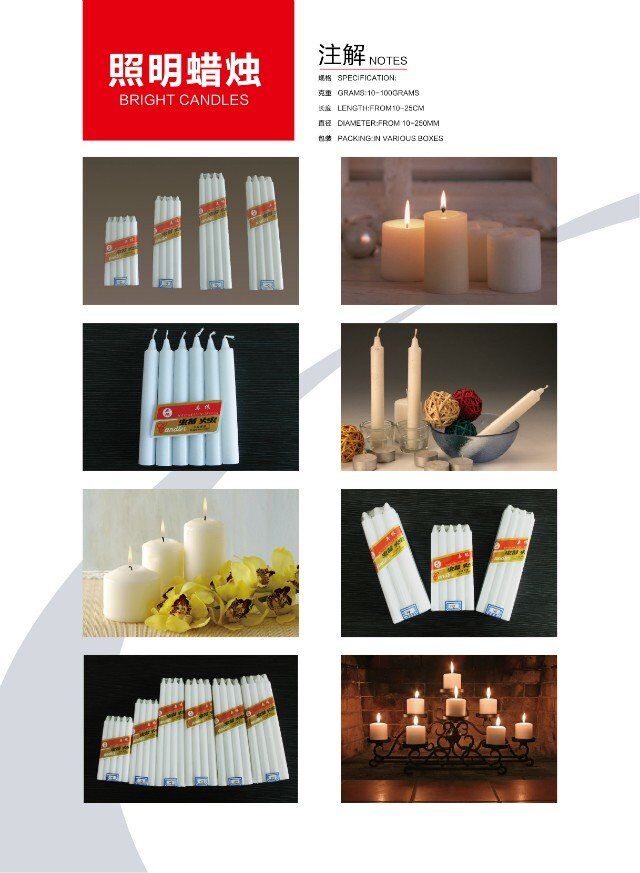
Why candles have different types of wicks?
Different wicks produce different results in each candle. The differences you should notice as you burn a candle are meltpool size, flame height, and burn rate (the amount of time it takes a particular wick to consume all the wax in the candle).It’s always best to begin your observation with a non-fragranced and non-dyed candle. In other words, only the wax and wick.
The different types of wicks are:
- Flat braid cotton– This wick is most commonly used in tapers and pillars. This wick type curls into the flame while burning which causes a self-trimming effect and virtually eliminates carbon build-up (also known as mushrooming).
2. Square braid cotton– These braided wicks also curl in the flame. Because they are more rounded and a bit more robust than the flat wicks, they are preferred in beeswax applications and can help inhibit clogging of the wick when there are higher levels of non-combustible material (such as high pigment or fragrance). These wicks are used most frequently in taper or pillar applications
3. Cored Wicks– Zinc, paper, cotton or hemp. The need for cored wicks arose with the popularity of container candles and their need for a rigid wick that would remain supported and centered in the hot melted wax. These are also braided wicks with a cross section. They are used in jar candles, gel, pillars and votives. (NOTE: Wicks used in votives, jars and gels require a wick tab for keeping the wick centered and/or fastened.
and cotton cored wicks were developed to take the place of lead core wicks. The USA no longer permits lead core wicks to be manufactured here.
- HTP Wicks– The American version of the “German Wick”. HTP stands for High Temperature Paper. This wick is wax coated and is a cotton flat braid with a strand of paper braided into it for hotter burning. These are a rigid wick and are also self-trimming, thus reducing the carbon build-up common to the zinc core wicks. Used in jar candles, gels, votives and pillars
- Specialty Wicks– i.e. fiberglass wicks, wicks used for citronella, tea lights, oil lamps, and other applications.






